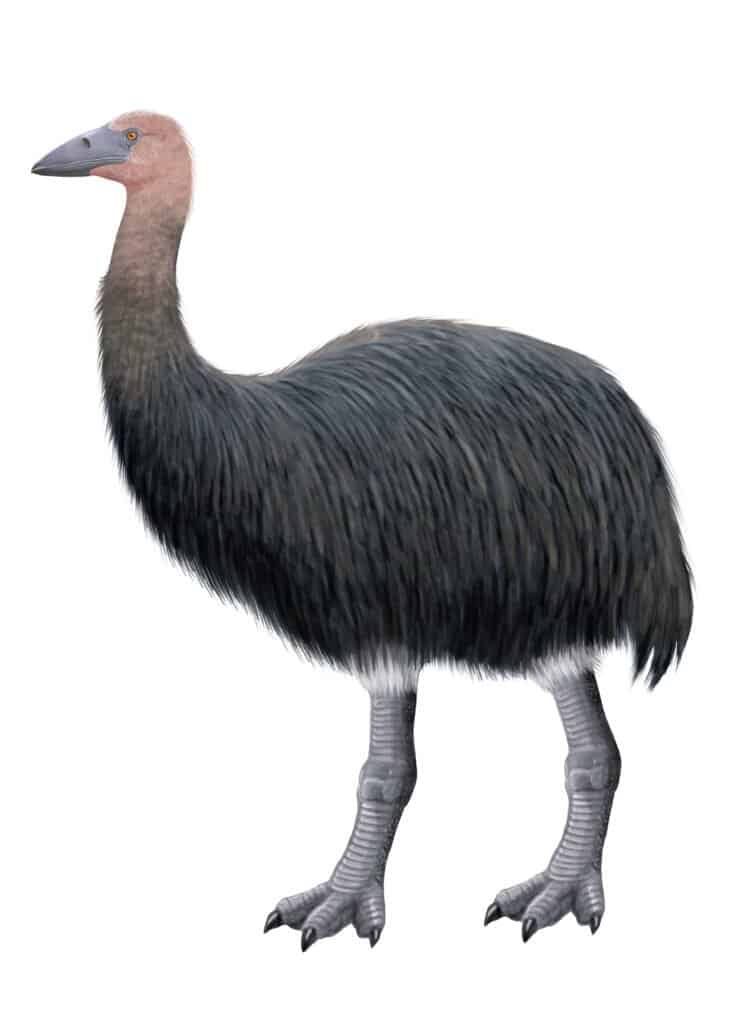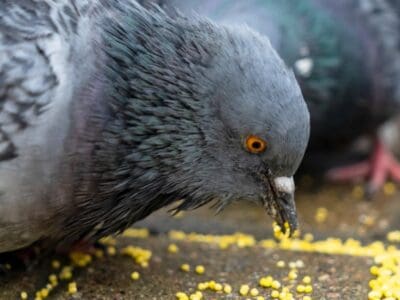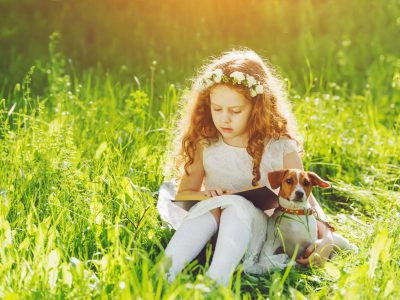Elephant Bird
Vorombe titan, a type of elephant bird, is the largest bird that ever lived
Advertisement
Elephant Bird Scientific Classification
Read our Complete Guide to Classification of Animals.
Elephant Bird Conservation Status
Elephant Bird Facts
- Fun Fact
- Vorombe titan, a type of elephant bird, is the largest bird that ever lived
- Biggest Threat
- Humans
- Most Distinctive Feature
- Long neck and legs
- Distinctive Feature
- Small wings (incapable of flight)
- Habitat
- Forested habitats
- Predators
- Humans
- Diet
- Herbivore
- Lifestyle
- Nocturnal/Crepuscular
- Favorite Food
- Plant seeds and leaves
- Type
- Prehistoric bird
- Common Name
- Elephant bird
- Special Features
- Long legs and necks
- Number Of Species
- 7
- Location
- Islands of Madagascar
View all of the Elephant Bird images!
Summary
Elephant birds are an extinct family of flightless birds. They were believed to have existed on the islands of Madagascar during the Pleistocene and Holocene. They went extinct around 1000–1200 CE. The New Zealand Kiwi is their closest modern relative that is still in existence. Elephant birds belong to the ratite family, Aepyornithidae, and comprise the Mullerornis, Vorombe, and Aepyornis genera. Other ratite birds include ostrich, emu, rhea, and cassowary.
Description and Size
The elephant birds were gigantic (in comparison to modern birds). In fact, the origin of their common name is a reference to their size. The Venetian explorer Marco Polo, who had published a description of the bird, claimed that the eagle-like bird was strong enough to “seize an elephant with its talons.” While this was likely an exaggeration, the name has stuck with them.
They belong to the ratite group, which includes several large flightless birds characterized by their long neck and legs. Elephant birds had conical beaks, two short legs, three-toed feet, and small wings. The wings were useless in the sense that they could not fly. Although they had long legs, elephant birds were also slow runners.
Three genera of elephant birds have been described, and they vary slightly in size. The largest of them is the Vorombe titan, which is often considered the world’s largest bird. It weighed between 1,600 and 1,900 pounds. Members of the Aepyornis genus were up to 9.8 feet tall and weighed between 770 to 1,100 pounds. The smallest elephant birds were members of the Mullerornis genus.
Given their massive size, elephant birds laid huge eggs. In fact, they had the largest bird eggs ever found. Each one was as much as 13 inches long and weighed up to 22 pounds with a volume that was as much as 160 times greater than a chicken’s egg.

The largest elephant bird, the
Vorombe titan
, is often considered the world’s largest bird.
©Nicolas Primola/Shutterstock.com
Diet
Elephant birds were herbivores. They ate the plant seeds and leaves that grew in their native habitat on the islands of Madagascar. The rainforest fruits had thick coats, but fossil evidence has shown that the guts of giant birds were well adapted to allow these fruits to pass through. Experts think the elephant birds played an essential role in the dispersal of fruit-bearing plants on the island.
Habitat
The elephant birds lived on the Island of Madagascar along the African coast of the Indian Ocean during the late Pleistocene. Étienne de Flacourt, the first French governor of Madagascar, wrote the first comprehensive report on the birds. He also claimed that a “big bird” could still be sighted in some parts of the island in the mid-seventeenth century.
The gigantic birds inhabited the southern woods of Madagascar before humans migrated to the location 2,000 years ago. Elephant bird species that lived in forested habitats had a more developed sense of smell compared to those that lived in open habitats.
Experts think the elephant birds might have lived a nocturnal lifestyle, like their living relatives, the kiwis. They made this conclusion based on the reduced size of their optic lobes, which is indicative of an active nightlife. Members of the Mullerornis genus probably lived a crepuscular lifestyle because their optic lobe wasn’t as reduced as the others.
Threats and Predators
Humans were the main threat to elephant birds. Prior to the arrival of the humans on the island, the population of these birds flourished. When humans came on the scene, they hunted and killed elephant birds for food, and their activities destroyed the birds’ habitats. It seemed the eggs of the giant birds were at the biggest risk. Archeologists have found traces of human fires with eggshell remains. This led to the conclusion that eggs must have served as regular food for human families at that time.
As the humans settled in, they cut down many trees and started forest fires. These activities had adverse effects on the natural habitats of the elephant birds. The land they occupied reduced more and more, and they were forced to hide as their numbers significantly depleted.
Discoveries and Fossils
Fossils of the elephant birds are very abundant, probably because they only became extinct recently. The first set of their remains was found in the western part of Madagascar back in the 19th century. Isidore Geoffroy Saint-Hilaire, a French zoologist, published the first complete description of the bird. Initially, the elephant birds were classified into 13 different species. But with more comprehensive studies, the number has been reduced to four to eight species divided into three genera.
Extinction
There are some uncertainties about the exact time the elephant birds went extinct. The persistence of the giant bird stories down many centuries may have contributed to the ambiguity. Some people think that they went into extinction in the 17th century. Other sources state they disappeared long before then (probably between 1000 and 1200 CE.).
Elephant birds were once abundant on the island of Madagascar. It is widely believed that human activities caused the giant birds, especially the Aepyornis, to die out. There are several pieces of evidence in support of the theory that flightless birds were hunted and that their habitats were destroyed.
Bones from the recovered remains often show tool marks that suggest humans hunted them. However, some scientists tend to dispute this theory. The time frame between the arrival of humans on the island and the bird’s extinction seems too short to be the only cause of their extinction.
Another extinction theory is that human activities created adverse secondary effects that contributed to the disappearance of the elephant birds. In addition to habitat loss due to human activities, the animals that were domesticated by man (e.g., chickens) may have infected the giant birds with hyper diseases that caused their death in numbers.
Similar Animals to the Elephant Bird
Similar animals to the elephant birds include:
- Moa — The Moa is an extinct flightless bird native to New Zealand. They are more slender and smaller than the elephant birds. Male and female Moa birds were wrongly classified in the past as different species because of the significant difference between them.
- Kiwi — Kiwis are the smallest birds in the ratites family. On average, they’re about the same size as modern domestic chickens. Studies have shown that kiwis are more closely related to elephant birds than Moa.
- Ostrich — Ostriches are the largest flightless bird still in existence, as well as one of the oldest. They are native to some parts of Africa and can attain a surprising speed of 43.5 miles per hour thanks to their long legs.
Related Animals
View all 117 animals that start with EElephant Bird FAQs (Frequently Asked Questions)
Is the elephant bird extinct?
Yes, elephant birds are extinct. The remains of the giant bird have been found in the Pleistocene deposits of Madagascar.
How big was the elephant bird's egg?
Elephant birds had the biggest eggs of any bird species. The volume of an elephant bird’s eggs is up to 160 times more than that of a typical chicken egg. The eggs were up to 13 inches long and weighed about 22 pounds.
When was the elephant bird alive?
Elephant birds lived between the Pleistocene and Holocene. They probably went extinct around 1000–1200 CE. However, there are reports of sightings of the birds and their eggs during the 17th century.
How big were the elephant birds?
Elephant birds were among the largest birds to have ever lived. In fact, the Vorombe titan holds the title of the largest bird ever discovered, weighing between 1400-1900 lbs. On average, elephant birds were about 9.8 feet tall.
Thank you for reading! Have some feedback for us? Contact the AZ Animals editorial team.
Sources
- Britannica, Available here: https://www.britannica.com/animal/elephant-bird
- Wikipedia, Available here: https://en.wikipedia.org/wiki/Elephant_bird
- Encyclopedia, Available here: https://www.encyclopedia.com/environment/encyclopedias-almanacs-transcripts-and-maps/elephant-birds-aepyornithidae

















